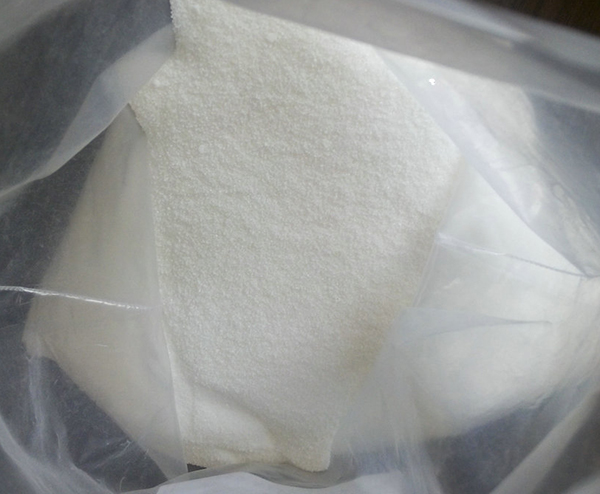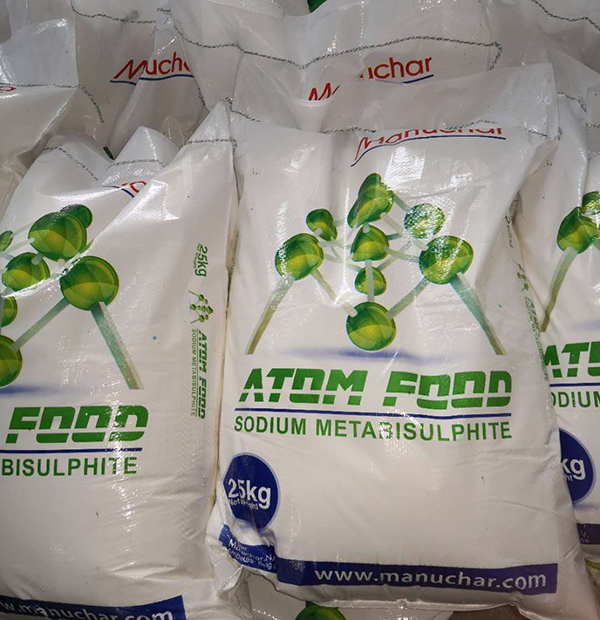Prevent and inhibit enzymatic browning in sodium metabisulfite fruits and vegetables
The principle of sodium metabisulfite in preventing and inhibiting enzymatic browning in fruits and vegetables. Browning reaction is the most common color change in food processing. According to its mechanism, it is divided into two categories: enzymatic browning and non-enzymatic browning. Non-enzymatic browning: Non-enzymatic browning can be divided into the following three types.
1. When the reducing sugars and amino acids are mixed together and heated, a brown "melanoid" is formed. This reaction is called the carbonyl reaction, also known as the "Merald reaction." Non-reducing sugars do not undergo Maillard reactions without hydrolysis.
2. When sugar is heated above its melting point in the absence of amino compounds, it will also produce dark brown pigments. This effect is called caramelization.
3. Citrus juices become darker during storage, emit carbon dioxide, and the ascorbic acid content decreases. This is due to browning caused by the automatic oxidation of ascorbic acid.
Enzymatic browning: Enzymatic browning is a reaction process in which phenols catalyze the formation of quinones and their polymers by phenolases in plant foods such as fruits and vegetables. After enzymatic browning of fruits and vegetables, the product color becomes dark. In order to protect the original color of fruits and vegetables, the hot blanching process to passivate the enzyme in a short period of time under weak alkaline conditions is often carried out to achieve the purpose of color protection. In addition to blanching, it is also possible to prevent and inhibit enzymatic browning by controlling the acidity, adding antioxidants (such as sodium isoascorbate), and sulfite-based substances (such as sulfur dioxide, sodium metabisulfite) to inhibit enzyme activity and block oxygen. .

Is it harmful to add sodium metabisulfite to cookie dough?
Sodium metabisulfite is a food additive used as a preservative, bleaching agent and bulking agent in food processing. Many people are asking whether it is harmful to add sodium metabisulfite to cookie dough? I will answer this question in detail for everyone today.
In my country's biscuit industry, sodium metabisulfite is used as a biscuit dough modifier. Before use, it is formulated into a 20% solution. During the dough preparation process, it is added to the unripe dough in portions. Due to the weakening effect of the sulfur dioxide released by sodium metabisulfite during dough preparation on the gluten strength of the dough, adding a small amount to the strength and toughness of the flour gluten can prevent the deformation of the finished biscuit due to excessive gluten strength.
Tough dough can be added according to the gluten strength, but it is generally not used in crunchy dough and sweet crunchy dough with a high proportion of oil and sugar. This is because the addition of oil and sugar has already prevented the gluten protein from swelling and preventing A large amount of gluten is formed without adding sodium metabisulfite.

